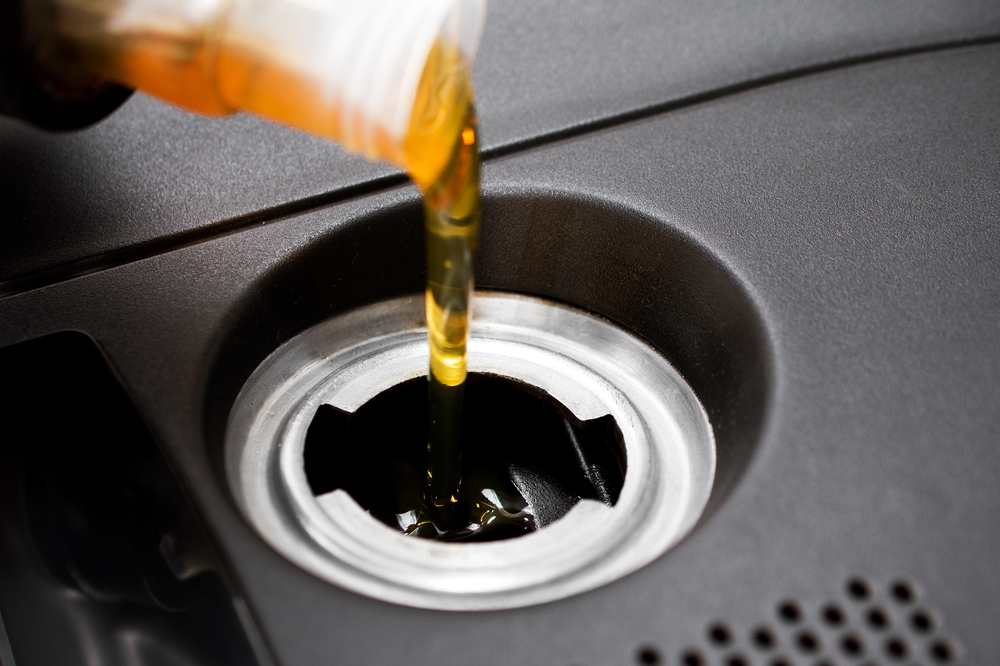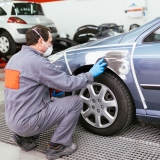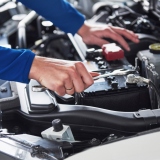If you’re a business owner or founder, then one of the privileges of your position is seeing your business grow. From a concept, to your first big contracts and steady growth through to the day when you have enough loyal clients and customers to be self-sustaining and can begin to look to the future in the long term.
A business that isn’t thinking about its future is leaving itself open to the competition. Rivals with a core pronounced desire for market domination won’t be polite enough to leave with enough customers to keep ticking over at a level you’re happy with – to be secure, you need to look to the future.
One of the ways a business can grow – especially one that’s at maximum penetration for its domestic market – is to look abroad for more customers, and more revenue. It’s not a guaranteed path towards success, but it does allow you to apply the learnings you’ve taken from starting up a business the first time, and let you put into action an accelerated version of the process in your new market.
Preparation is the key to success here. If you simply roll out the same adverts and products without any hard data about how your new customers are likely to respond then you could find yourself facing costly failure. Find a market research agency that can provide you with top notch international research, so you can adapt your tried and tested techniques to a new market.
It’s not just your customers that need to be researched. If you don’t know about the legislation covering your industry in your target country – especially as it pertains to foreign businesses – and the fees and duties that affect imports to the country, you could find yourself in trouble. Punitive fines and reputational loss could spell the end of your attempts at expansion. Getting the best possible information on the market you’re targeting to expand into also gives you the chance to develop a detailed, accurate budget for this project. Expansion can put your original business in danger – before you’re established in your new market, you’ll need to subsidise your new venture using your original, stable business. If it takes up too much of your revenue you run the risk of both arms of the business failing. A good budget, and targets to assess the success of your venture help to mitigate this risk, so you can continue to enjoy the growth of your business.













